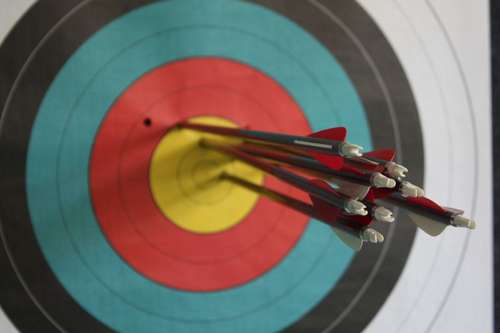Raise money for soldiers by taking part in extreme sport……..
Paratrooper, Ben Parkinson, is the most seriously injured British soldier to survive his wounds in Afghanistan. Yet on the ninth anniversary of the 9/11 attacks, the lance bombardier, who lost both legs and suffered brain injures during active service, jumped 15,000ft in a charity parachute jump.
Inspired by the bravery of paratrooper, Ben Parkinson, in the run-up to Remembrance Sunday on November 14th, The Activity People will be making a £1 donation to ‘Help For Heroes’ (http://www.helpforheroes.org.uk) with every group booking activity form now up until Remembrance Day.
Rebecca Rudkin, business development manager at The Activity People, said: ‘The real-life heroism of our troops in Afghanistan is inspiring to many of us. Parachute jumps, bungee jumps and the other extreme activities we offer are nothing compared to the day-to-day heroism of our troops on the frontline.
‘We hope to do our bit by raising some money for our brave troops,’ said Rebecca. ‘We will make a donation of £1 on every group booking an activity before Remembrance Sunday, they don’t necessarily have to do the activity before that date, just book it before then.
‘We are also hoping that many of the groups will take the opportunity to raise money for Help For Heroes, by sponsoring their activity or collecting money on the day. We have every possible activity for them to choose from, and each member of the group can book onto the charity event as individuals making organisation less of a headache. So, how about a parachute jump, paintballing, karting, rally or off-road driving, quad biking, dirt buggy racing – you name it we have the activity,’ said Rebecca.
With British Forces fighting in Afghanistan the money raised in the annual Poppy Appeal is more significant than ever before. Since 2003 the Royal British Legion have provided financial help to 10,000 veterans of the Iraq and Afghanistan operations – and are currently investing £20 million in Personnel Recovery Centres to care for the wounded of current conflicts. In 2009, the legion raised £107 million – including a record £31 million for the Poppy Appeal – so well worth supporting.
The Legion spent over £110 million on its work in 2009. If you want to book an activity, click here and quote HFH1.

- The Activity People support Help for Heroes



